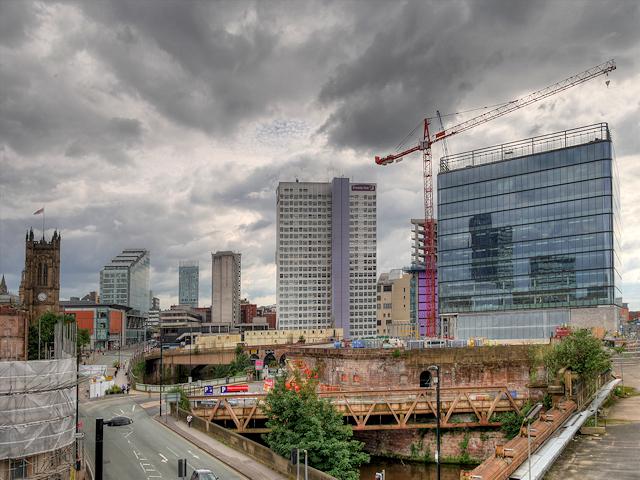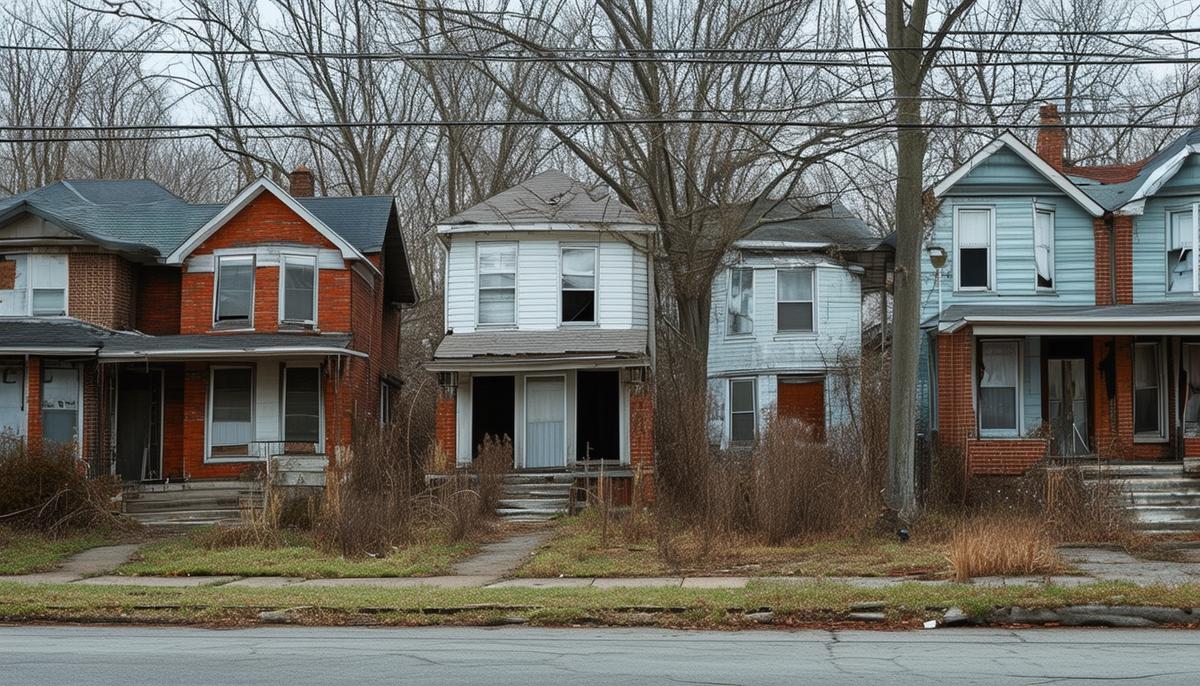Recovery Phase
The Recovery Phase of the housing market is like watching a plant perk up after a much-needed rain—slow but with visible signs of life.
The economy starts shaking off its slumber. You'll notice fewer vacant homes, as renters and buyers start trickling in. Rent increases are modest, not yet catching up with inflation.
For developers and investors, this phase offers opportunities. Properties that have been languishing in distress are now available at bargain prices. With the right upgrades, these could be worth significantly more down the line.
Key strategies for investors:
- Keep eyes peeled for properties showing early signs of potential
- Scrutinize each deal carefully
- Invest in improvements that will yield healthy returns
- Position yourself before the market heats up
The savvy investor swoops in during this stage, knowing the market is preparing to bloom. It's about finding those diamonds in the rough, polishing them up, and being ready to reap the rewards as the cycle progresses.

Expansion Phase
The Expansion Phase is where the magic happens—a booming market with increasing demand, rising prices, and shrinking vacancies. It's like everyone's finally tuned in to the rhythm, and the dance floor is packed.
Telltale signs of the Expansion Phase:
- Noticeable uptick in demand
- Strong job growth
- Houses snatched up quickly
- Climbing prices
- Bidding wars becoming common
For developers, new constructions are sprouting up rapidly. These new projects tend to stabilize quickly because the demand is high. This phase is every developer's dream scenario.
Core-plus and value-add strategies shine bright in this phase:
- Core-plus: Focuses on solid, reliable properties in prime locations
- Value-add: Targets properties that need work, from facelifts to full renovations
However, with high stakes comes high competition. If you're buying, be ready to move swiftly on good opportunities. For sellers, this is the time to showcase your property at its best. Those strategic upgrades can fetch you top dollar.
"The Expansion Phase is like the golden hour for real estate. There's opportunity around every corner, and if you play your cards right, you can make significant gains."
Stay sharp, and enjoy the ride!

Hypersupply Phase
The Hypersupply Phase is when new constructions outpace the number of buyers and tenants. "For Rent" or "For Sale" signs stick around longer, and vacancies start climbing.
Rent growth slows down significantly compared to the Expansion Phase. Rents might still increase, but at a much slower pace.
Strategies for different market players:
| Player | Strategy |
|---|---|
| Landlords | Offer move-in specials, rent discounts, and other perks |
| Buyers | Leverage negotiation skills, explore more options |
| Sellers | Focus on staging and showcasing property's best features |
| Investors | Look for underperforming assets with improvement potential |
For real estate investors, the Hypersupply Phase isn't just about playing defense. It can be a prime time to find underperforming assets that, with some improvements, can become valuable properties in the future.
In essence, this phase forces the market to slow down and readjust. For those who know how to navigate it, it's a period ripe with potential deals and strategic opportunities. Today's oversupply could be tomorrow's golden opportunity for the prepared investor.

Recession Phase
In the Recession Phase, supply vastly outstrips demand. High vacancy rates become common, and rents trend downward. Demand has decreased significantly, and new construction plans are typically put on hold. Existing homes sit on the market for longer periods, and prices are declining.
However, this phase presents opportunities for investors with capital and patience. Undervalued properties become available, offering chances to build a portfolio at discounted prices. The key is to think long-term: these properties may need time to appreciate in value.
Smart investor strategies:
- Acquire distressed, discounted properties with potential
- Stay informed about market trends, economic shifts, and policy changes
- Consider creative strategies like converting properties into rentals
- Offer attractive terms to cover costs while waiting for values to increase
With high vacancies, property owners might consider offering pet-friendly policies, inclusive amenities, or flexible leases to attract tenants in a challenging market.
"The Recession Phase tests resilience and strategy. While it can be daunting, it's also an opportunity to position oneself for the next market upswing."
Those who can weather the downturn and make smart acquisitions may find themselves well-positioned when the market eventually recovers1.

- Glaeser EL, Gyourko J. Urban Decline and Durable Housing. Journal of Political Economy. 2005;113(2):345-375.
